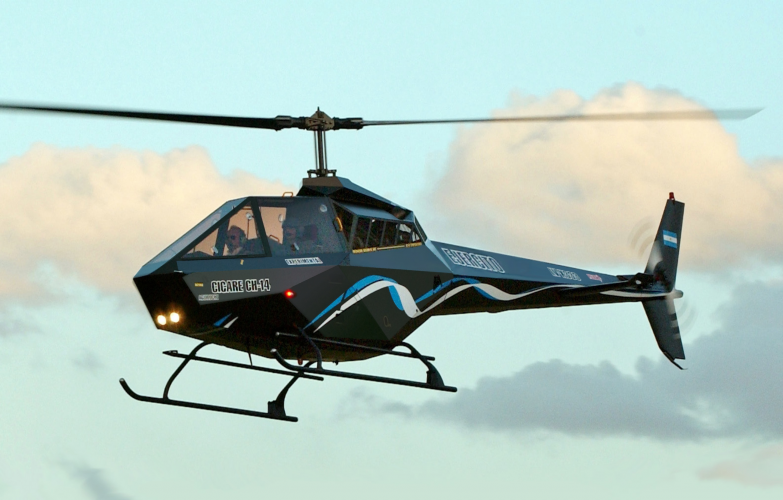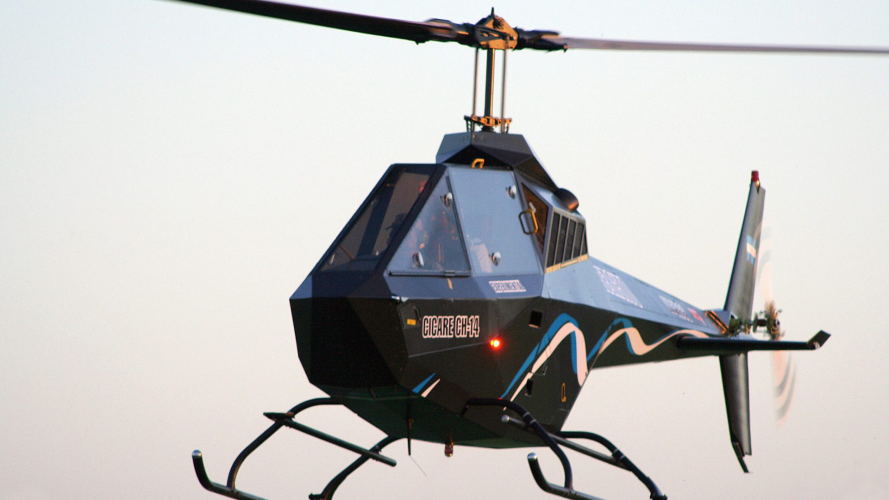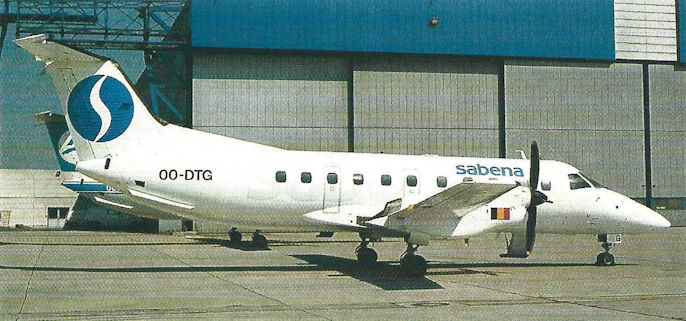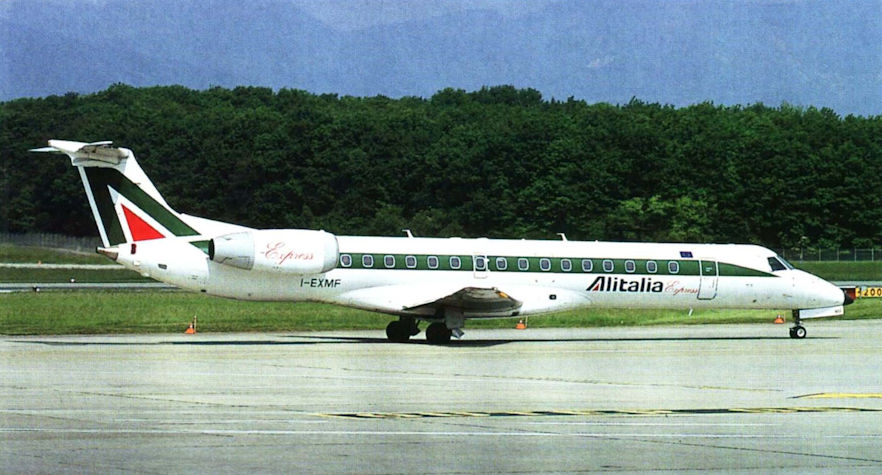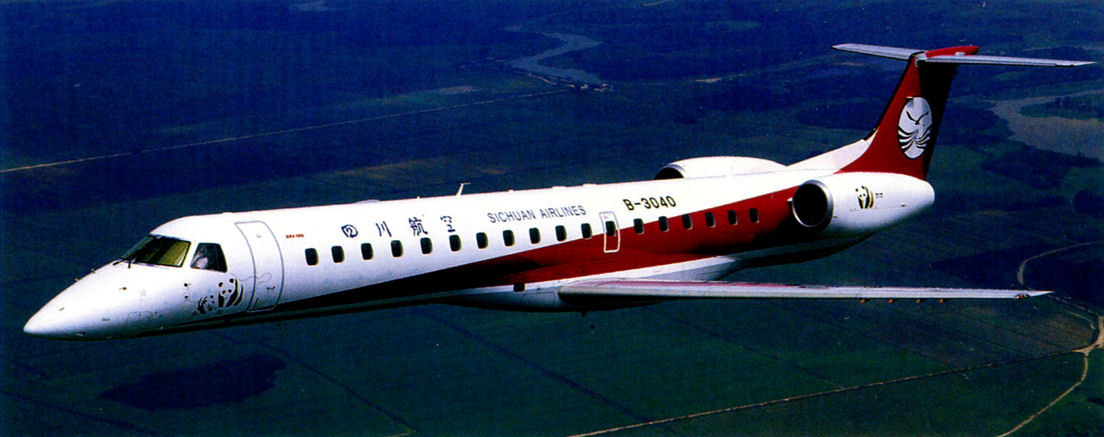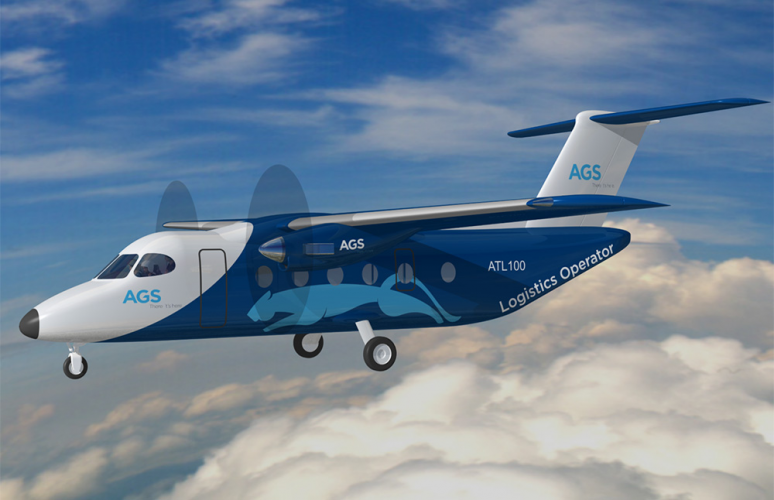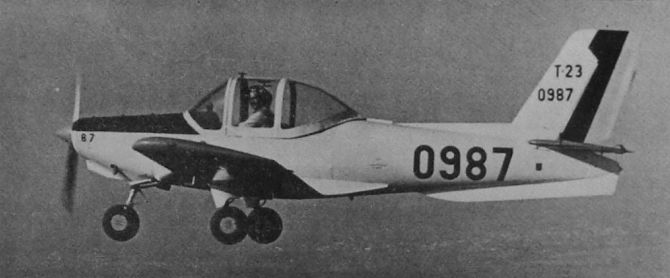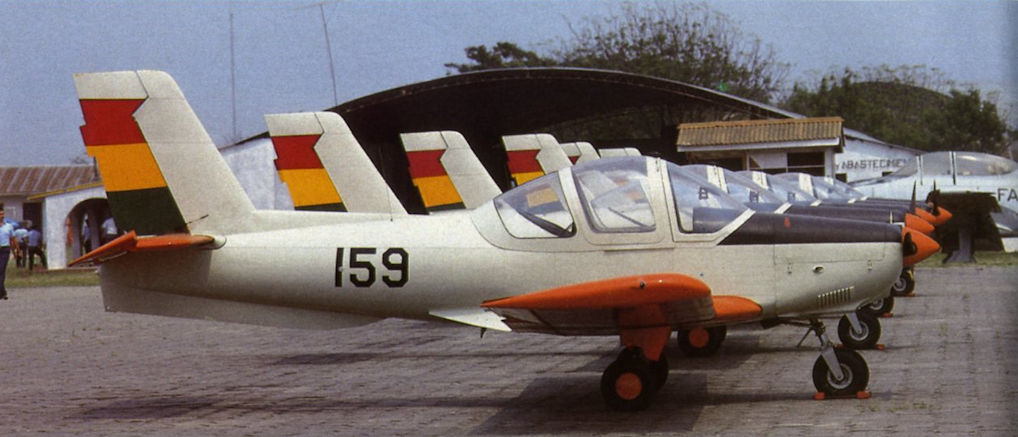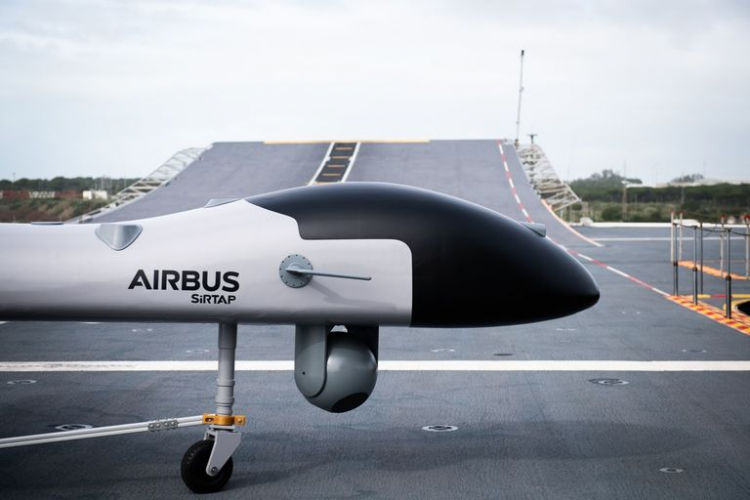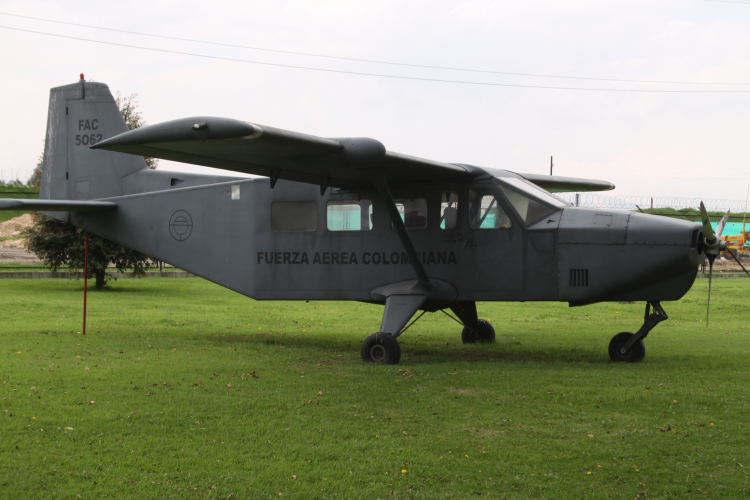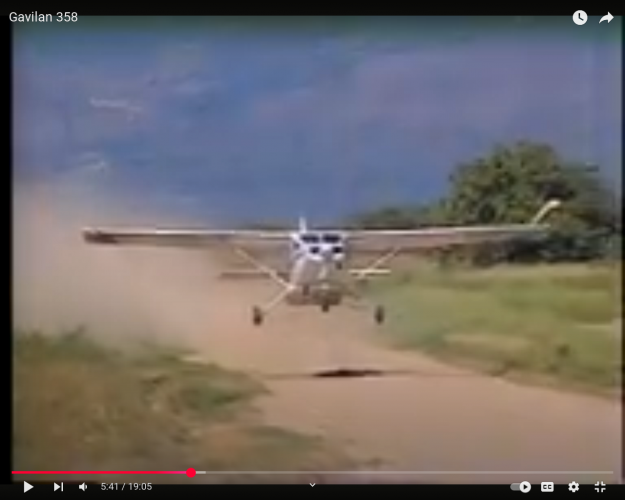F-14ATomcat
ACCESS: Secret
- Joined
- 26 May 2024
- Messages
- 426
- Reaction score
- 734
IACIT, a Brazilian company that is a reference in technology applied to defense and air traffic control, and the FAB (Brazilian Air Force), through DECEA (Department of Airspace Control) and Ciscea (Commission for the Implementation of the Airspace Control System), officially signed the contract for the development of the OTH 0200 Skywave Over-the-Horizon Radar on Tuesday (1), during LAAD Defense & Security 2025.
The signing ceremony was attended by the Commander of the Air Force, Air Force Lieutenant-Brigadier Marcelo Kanitz Damasceno; the Director-General of DECEA (Department of Airspace Control), Air Force Lieutenant-Brigadier Maurício Augusto Silveira de Medeiros; and the President of CISCEA (Commission for the Implementation of the Airspace Control System), Major-Brigadier Alexandre Arthur Massena Javoski.
The partnership represents a significant step forward for Brazil’s technological sovereignty. With this contract, IACIT becomes the only Brazilian company to develop and manufacture this advanced technology, consolidating its position as a reference in the long-range radar sector.
“This contract reinforces IACIT’s commitment to advancing defense technology in Brazil. The OTH 0200 Skywave Radar represents a major leap forward for national security, enabling continuous, real-time surveillance in strategic areas. We are proud to lead this innovative project that will strengthen the country’s technological autonomy,” highlighted Luiz Teixeira, CEO of IACIT.
National Defense
The OTH 0200 Skywave Radar is an innovative technology that enables the detection of targets thousands of kilometers away, far beyond the horizon.

Using an advanced system of reflected waves in the ionosphere, the equipment enables continuous, real-time monitoring of large areas of the ocean and airspace.
With the signing of the contract, Brazil is among the few countries in the world capable of developing and operating this cutting-edge technology.
The OTH 0200 Skywave Radar significantly expands the surveillance capacity of borders and airspace. The technology is essential for detecting aircraft flying at low altitudes and in regions not covered by conventional radars, increasing the deterrent capacity against potential threats.
Strategic partnership
CISCEA, responsible for the implementation and modernization of the Brazilian Airspace Control System, has played an essential role in strengthening the country's defense infrastructure.
The partnership with IACIT reinforces Brazil's commitment to innovation and the development of strategic solutions for air and maritime security.
For Luiz Teixeira, CEO of IACIT, this contract is very significant for the company and for the national defense sector.
“With the work of DECEA through various agencies, such as CISCEA, Brazil has been continuously advancing, ensuring increasingly efficient and protected operations and moving towards becoming one of the three best in the world in airspace security,” declared the CEO of IACIT.

 www.defesanet.com.br
www.defesanet.com.br
Embraer announces selection of the Super Tucano as the new air platform for Panama's National Naval Air Service
Ricardo Fan
April 4, 2025
Aviation, Defense, Featured, Embraer, EMBRAER, LAAD 2025

 www.defesanet.com.br
www.defesanet.com.br

Country : Brazil
Year : 1986
Two-seater training and sports aircraft
Variants
Fournier - RF-9 / RF-10 - 1977 - France
Aeromot - Ximango - 1986 - Brazil
Aeromot Ximango. Modifications
View: https://www.youtube.com/watch?v=nqo4F519g0E
"Aeromot Industrie MECANICO-METALURGICA" is one of the most important elements of the industrial group "Aeromot", which appeared in Brazil in 1967. The company "Aeromot lndustria" began its life with the design and production of seats for the EMBRAER aircraft. In addition, it was engaged in the design and production of seats, as well as other components for civil aircraft of the companies "Airbus", "BOEING", "Fokker" and "McDonnell Douglas". In July 1985, the company acquired the assets of the Aerostructure (Fournier) motor glider factory in France and obtained all rights to produce the RF-10 motor glider. The Brazilian company then adapted and modified it to produce three versions (sports, training and paramilitary aircraft). The first in this series was the Aeromot AMT-100 Ximango (a minimally modified version of the RF-10), which received its flight certificate in June 1986. The Ximango is a low-wing cantilever monoplane built entirely of GFRP (glass fiber reinforced plastic), with the exception of the main spar and the air brakes on the upper wing surface. The cockpit was closed by a canopy that folded up and back, and contained two seats (for the pilot and co-pilot or passenger). The outer wing tips could be folded upwards and inwards, reducing the size of the glider to 10.15 m on the ground. The landing gear included a steerable tail wheel and main landing gear legs that retracted in flight into the wing roots. The Ximango was powered by a Limbach L 2000 EO1 four-cylinder piston engine producing 80 hp. This glider was offered to customers in both a basic version and two sub-variants designed for more specific uses of the machine. The AMT-100P Ximango was intended for the army and police, the AMT-100R Ximango for use as a general-purpose reconnaissance aircraft. Both had a transparent canopy with good visibility, as well as provisions for attaching a fairing under the fuselage, inside which up to 100 kg of ammunition or reconnaissance equipment could be placed. The RF-10, upgraded in Brazil, was named the AMT-200 Super Ximango. This motor glider made its maiden flight in July 1992 and was certified in February 1993. The AMT-200 is a significantly upgraded AMT-100 with a new 80 hp Rotax 912A four-cylinder piston engine. The AMT-200 was further developed into the AMT-300 Turbo Ximango, later renamed the AMT-300 Turbo Ximango Shark. It featured improved aerodynamics and was equipped with a Rotax 914F3 turbocharged engine. The new machine debuted on June 29, 1998. It was almost immediately followed by a new version of the AMT-200, the AMT-200S, which was certified in 2000. It was equipped with a 100 hp Rotax 912S engine. s.
PERFORMANCE CHARACTERISTICS
Aeromot AMT-100 Ximango and AMT-200 Super Ximango
Type: two-seat training and sports aircraft
Power plant: for AMT-100 - one four-cylinder piston engine Limbach L 2000 E01 with a capacity of 80 hp; for AMT-200 - one four-cylinder piston engine Rotax 912A with a capacity of 80 hp.
Flight characteristics of AMT-100: maximum cruising speed 190 km/h, economical speed 180 km/h; initial rate of climb 132 meters per minute; service ceiling 5000 m; flight range 1380 km; flight endurance 7 hours
Flight characteristics of AMT-200: maximum cruising speed 205 km/h; initial rate of climb 180 meters per minute; service ceiling 5000 m; flight range 1250 km; flight endurance 6 hours 30 minutes
Weight of AMT-100: empty 600 kg; maximum takeoff 800 kg
Weight of AMT-200: empty 605 kg; maximum takeoff 850 kg
Dimensions: wingspan 17.47 m; length 7.89 m for AMT-100 and 8.05 for AMT-200; height 1.93 m; wing area 18.70 sq. m
 aviadejavu.ru
aviadejavu.ru
The signing ceremony was attended by the Commander of the Air Force, Air Force Lieutenant-Brigadier Marcelo Kanitz Damasceno; the Director-General of DECEA (Department of Airspace Control), Air Force Lieutenant-Brigadier Maurício Augusto Silveira de Medeiros; and the President of CISCEA (Commission for the Implementation of the Airspace Control System), Major-Brigadier Alexandre Arthur Massena Javoski.
The partnership represents a significant step forward for Brazil’s technological sovereignty. With this contract, IACIT becomes the only Brazilian company to develop and manufacture this advanced technology, consolidating its position as a reference in the long-range radar sector.
“This contract reinforces IACIT’s commitment to advancing defense technology in Brazil. The OTH 0200 Skywave Radar represents a major leap forward for national security, enabling continuous, real-time surveillance in strategic areas. We are proud to lead this innovative project that will strengthen the country’s technological autonomy,” highlighted Luiz Teixeira, CEO of IACIT.
National Defense
The OTH 0200 Skywave Radar is an innovative technology that enables the detection of targets thousands of kilometers away, far beyond the horizon.
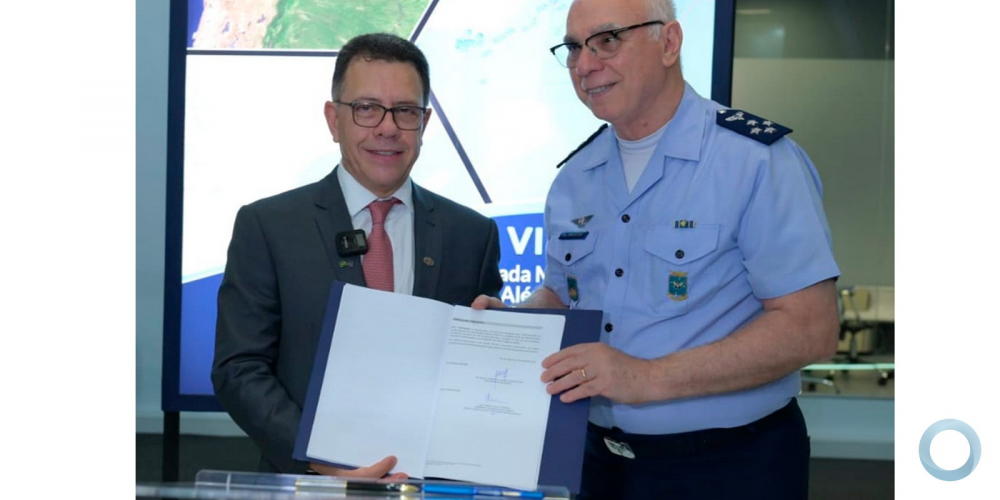
Using an advanced system of reflected waves in the ionosphere, the equipment enables continuous, real-time monitoring of large areas of the ocean and airspace.
With the signing of the contract, Brazil is among the few countries in the world capable of developing and operating this cutting-edge technology.
The OTH 0200 Skywave Radar significantly expands the surveillance capacity of borders and airspace. The technology is essential for detecting aircraft flying at low altitudes and in regions not covered by conventional radars, increasing the deterrent capacity against potential threats.
Strategic partnership
CISCEA, responsible for the implementation and modernization of the Brazilian Airspace Control System, has played an essential role in strengthening the country's defense infrastructure.
The partnership with IACIT reinforces Brazil's commitment to innovation and the development of strategic solutions for air and maritime security.
For Luiz Teixeira, CEO of IACIT, this contract is very significant for the company and for the national defense sector.
“With the work of DECEA through various agencies, such as CISCEA, Brazil has been continuously advancing, ensuring increasingly efficient and protected operations and moving towards becoming one of the three best in the world in airspace security,” declared the CEO of IACIT.

IACIT assina contrato com a FAB para desenvolver radar de Além do Horizonte - DefesaNet
IACIT assina contrato com a FAB para desenvolver radar de Além do Horizonte
Embraer announces selection of the Super Tucano as the new air platform for Panama's National Naval Air Service
Ricardo Fan
April 4, 2025
Aviation, Defense, Featured, Embraer, EMBRAER, LAAD 2025

Embraer anuncia a seleção do Super Tucano como nova plataforma aérea do Serviço Nacional Aeronaval do Panamá - DefesaNet
Embraer anuncia a seleção do Super Tucano como nova plataforma aérea do Serviço Nacional Aeronaval do Panamá

Country : Brazil
Year : 1986
Two-seater training and sports aircraft
Variants
Fournier - RF-9 / RF-10 - 1977 - France
Aeromot - Ximango - 1986 - Brazil
Aeromot Ximango. Modifications
"Aeromot Industrie MECANICO-METALURGICA" is one of the most important elements of the industrial group "Aeromot", which appeared in Brazil in 1967. The company "Aeromot lndustria" began its life with the design and production of seats for the EMBRAER aircraft. In addition, it was engaged in the design and production of seats, as well as other components for civil aircraft of the companies "Airbus", "BOEING", "Fokker" and "McDonnell Douglas". In July 1985, the company acquired the assets of the Aerostructure (Fournier) motor glider factory in France and obtained all rights to produce the RF-10 motor glider. The Brazilian company then adapted and modified it to produce three versions (sports, training and paramilitary aircraft). The first in this series was the Aeromot AMT-100 Ximango (a minimally modified version of the RF-10), which received its flight certificate in June 1986. The Ximango is a low-wing cantilever monoplane built entirely of GFRP (glass fiber reinforced plastic), with the exception of the main spar and the air brakes on the upper wing surface. The cockpit was closed by a canopy that folded up and back, and contained two seats (for the pilot and co-pilot or passenger). The outer wing tips could be folded upwards and inwards, reducing the size of the glider to 10.15 m on the ground. The landing gear included a steerable tail wheel and main landing gear legs that retracted in flight into the wing roots. The Ximango was powered by a Limbach L 2000 EO1 four-cylinder piston engine producing 80 hp. This glider was offered to customers in both a basic version and two sub-variants designed for more specific uses of the machine. The AMT-100P Ximango was intended for the army and police, the AMT-100R Ximango for use as a general-purpose reconnaissance aircraft. Both had a transparent canopy with good visibility, as well as provisions for attaching a fairing under the fuselage, inside which up to 100 kg of ammunition or reconnaissance equipment could be placed. The RF-10, upgraded in Brazil, was named the AMT-200 Super Ximango. This motor glider made its maiden flight in July 1992 and was certified in February 1993. The AMT-200 is a significantly upgraded AMT-100 with a new 80 hp Rotax 912A four-cylinder piston engine. The AMT-200 was further developed into the AMT-300 Turbo Ximango, later renamed the AMT-300 Turbo Ximango Shark. It featured improved aerodynamics and was equipped with a Rotax 914F3 turbocharged engine. The new machine debuted on June 29, 1998. It was almost immediately followed by a new version of the AMT-200, the AMT-200S, which was certified in 2000. It was equipped with a 100 hp Rotax 912S engine. s.
PERFORMANCE CHARACTERISTICS
Aeromot AMT-100 Ximango and AMT-200 Super Ximango
Type: two-seat training and sports aircraft
Power plant: for AMT-100 - one four-cylinder piston engine Limbach L 2000 E01 with a capacity of 80 hp; for AMT-200 - one four-cylinder piston engine Rotax 912A with a capacity of 80 hp.
Flight characteristics of AMT-100: maximum cruising speed 190 km/h, economical speed 180 km/h; initial rate of climb 132 meters per minute; service ceiling 5000 m; flight range 1380 km; flight endurance 7 hours
Flight characteristics of AMT-200: maximum cruising speed 205 km/h; initial rate of climb 180 meters per minute; service ceiling 5000 m; flight range 1250 km; flight endurance 6 hours 30 minutes
Weight of AMT-100: empty 600 kg; maximum takeoff 800 kg
Weight of AMT-200: empty 605 kg; maximum takeoff 850 kg
Dimensions: wingspan 17.47 m; length 7.89 m for AMT-100 and 8.05 for AMT-200; height 1.93 m; wing area 18.70 sq. m
Aeromot Ximango
Last edited:





